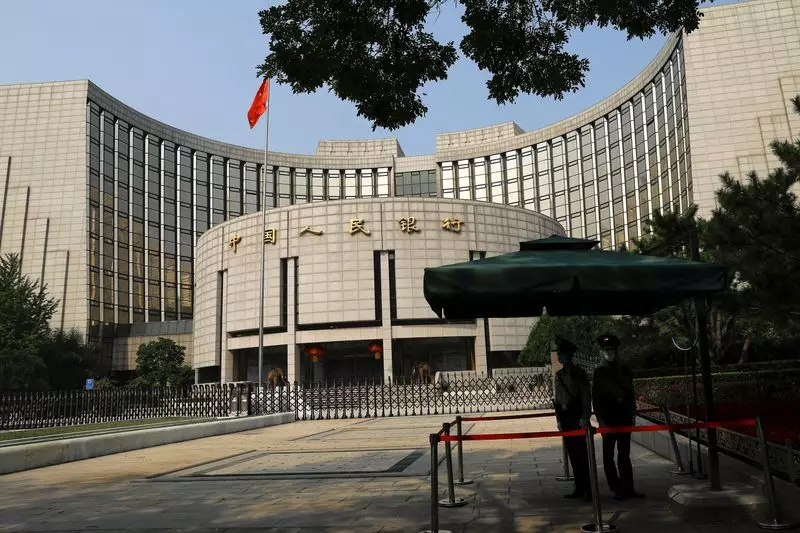In a significant announcement reported by the Financial Times, China’s central bank, the People’s Bank of China (PBOC), signaled its intent to lower interest rates from the current 1.5% “at an appropriate time” in 2025. This revelation not only illustrates the bank’s response to the evolving economic landscape but also highlights its commitment to shifting towards a more market-oriented approach in its monetary policy framework. By placing a greater emphasis on the management of interest rates rather than adhering strictly to quantitative objectives for loan growth, the PBOC is attempting to adapt to the demands of high-quality economic development.
The PBOC’s decision outlines a transformative agenda aimed at decreasing state control over the financial sector, a shift that advisors describe as “an arduous task.” As the central bank transitions to this new paradigm, it is essential to appreciate the potential challenges that lie ahead. Optimizing the formation and transmission of market-oriented interest rates necessitates not only changes in policy but also structural reforms within China’s broader economy. This ambition comes against the backdrop of declining treasury yields for both 10-year and 30-year bonds, which have reached historic lows as anticipation of further monetary easing looms.
Interest rates serve as a crucial tool for controlling economic activity, and the PBOC recognizes that to boost credit demand, any adjustments must be strategically calibrated. The focus on interest rates rather than quantitative targets indicates a progressive shift that could resonate throughout various financial sectors and influence how businesses and consumers interact with credit markets.
China’s recent economic performance reveals a landscape heavily dependent on manufacturing and exports, with household consumption remaining weak. The severe downturn in the property market has further exacerbated the dilemma, diminishing consumer wealth and hampering overall domestic demand. As a response, the Politburo recently eased its monetary policy for the first time in over a decade, changing its stance from “prudent” to “appropriately loose.” This reflects a growing acknowledgment within China’s leadership that the economic recovery requires a more aggressive fiscal approach.
In December, following high-level economic discussions, top Chinese leaders committed to cutting interest rates “in a timely manner” and reducing reserve requirements for banks, thereby aiming to rejuvenate lending and investment. These policy measures are essential in cultivating a resurgence of consumer confidence and addressing the imbalances that have plagued China’s economy.
As China embarks on this essential phase of its economic strategy, it must also navigate the complexities of international relations, chiefly the reviving tensions with the United States. With Donald Trump poised to return to the White House, concerns regarding trade and economic policies may add an additional layer of uncertainty for China’s economic landscape. The prospect of renewed trade challenges only accentuates the urgency for China to fortify its domestic economy and lessen its dependence on external markets.
Furthermore, analysts are pushing for the Chinese government to maintain its growth target for this year while advocating for more vigorous fiscal measures aimed at stimulating domestic consumption. The rationalization of interest rates and the adjustment of banking reserves could provide critical levers to address these internal challenges.
The PBOC’s tentative steps towards reducing interest rates signal a pivotal moment for China as it seeks to transition towards a more market-driven economic framework. This transformation involves not just monetary adjustments but a comprehensive reassessment of the mechanisms that sustain economic growth. As the nation grapples with inherent challenges such as weak consumer demand and external trade pressures, the efficacy of its monetary policy reforms will be critically tested. The path forward entails a delicate balancing act, one that aligns both immediate economic needs and long-term structural integrity. As such, the coming years will be crucial in determining the resilience and adaptability of China’s economy in a rapidly changing world.

